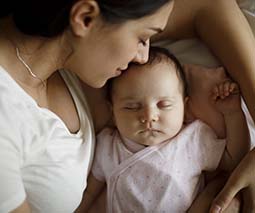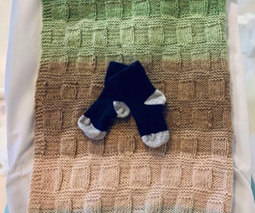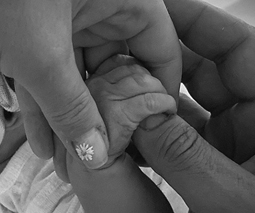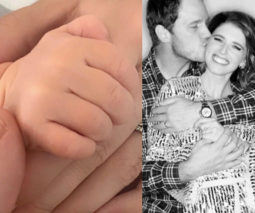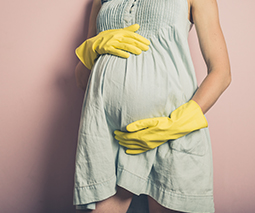Doctors performing lucrative, ‘convenient’ c-sections due to fear of litigation

Researchers looking at the experiences of over 9000 midwives and obstetricians across 20 different countries have found that many caesarean sections are carried out for questionable reasons.
Unfounded fears?
The latest figures show that 25 percent of births in western Europe were via caesarean delivery; in North America it was 32 percent, and in South America 41 percent. In Australia the rate is 30 percent – and the long and the short of it is that c-section rates continue to rise. While some women are wisely having c-section deliveries because it’s safest for them and their babies, for many women there are other complicated reasons for going down this road.
Now, concern about these rising rates – despite research telling us that vaginal births are generally safer – has led to a review of a bunch of studies into how birth plays out and why women are delivering their babies this way.
Thirty four international studies were combed over again to determine what leads a woman to have a c-section. It seems that many doctors are favouring their own preferences over what we know – that vaginal births generally have fewer complications – and are recommending caesareans to their mum-to-be patients.
Read more about c-section deliveries:
- Stop saying c-sections are the easy way out: “There’s NO easy way to birth”
- “All our plans fell apart” Jessica Biel’s struggle after emergency c-section
- 6 thoughts every mum has before a scheduled c-section
Preempting litigation
The review found that worries about things going wrong with vaginal births – and subsequent legal action – coupled with the convenience of scheduling c-sections were the main reasons caesarean deliveries were recommended by obstetricians. It’s a doctor-centric approach that obviously needs a big rethink.
“Fear of legal consequences and litigation was a major and significant influence on the decision to perform c-section,” Science Daily said of the findings. “Most of the perceived fear related to legal consequences arising from complications associated with vaginal birth compared with birth by c-section, despite the fact that c-section causes more maternal mortality and morbidity.”

Money, time, risk
‘Clinicians’ beliefs’ are the “main factor influencing obstetricians’ and midwives’ decisions to perform c-sections,” Science Daily says.
Those ‘clinicians’ beliefs’ covered a bunch of things, from the practitioners’ personal preferences; incorrect notions that caesareans are safer and more convenient; and worries about the risks associated with vaginal births or vaginal births after c-section.
Other factors came into play when recommending c-sections too, with the review finding insufficient human and physical resources, a lack of unified guidelines over delivery decisions and financial benefits to hospitals that perform a surgical delivery also contributing to the rise in rate of c-sections.
Premature intervention
These findings shed light on the fact that we need to prioritise the health of mothers and babies, while balancing the professional pressures doctors are under. Convenience, trumped-up risk factors and financial gain should not be part of the decision-making process.
“It is really important to understand these factors because they influence individual clinicians’ attitudes towards the natural progress of labour and spontaneous birth, even when the woman and baby are well and have no risk factors,” study supervisor Assistant Professor Dr Deirdre Daly said. “This then leads to the decision to intervene prematurely, often without medically justifiable reasons.”

Balancing ethics and risks
Of course, it’s not always doctors who are pushing for a c-section. Very often women request this surgical delivery over a vaginal birth.
“Obstetricians are aware of the various risks of caesarean versus vaginal delivery and should help to guide the patient in making a decision,” Dr While women are being given more choice, I don’t think that it is ethical or advisable to let the patient prioritise between different outcomes as the authors suggest. Rather, patients should be informed of all of the risks – at all life stages, for mother and child – and assess their options based on that.”

